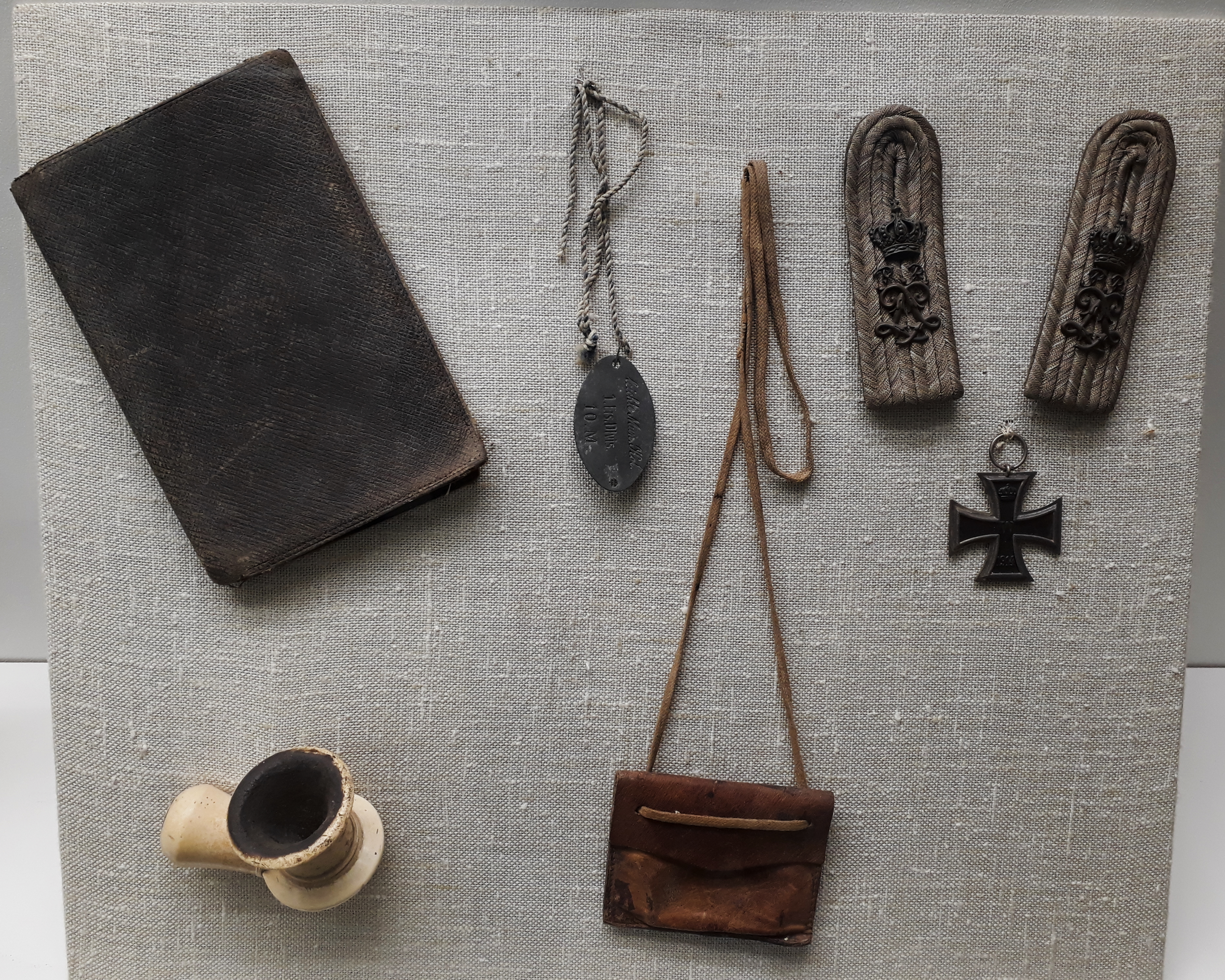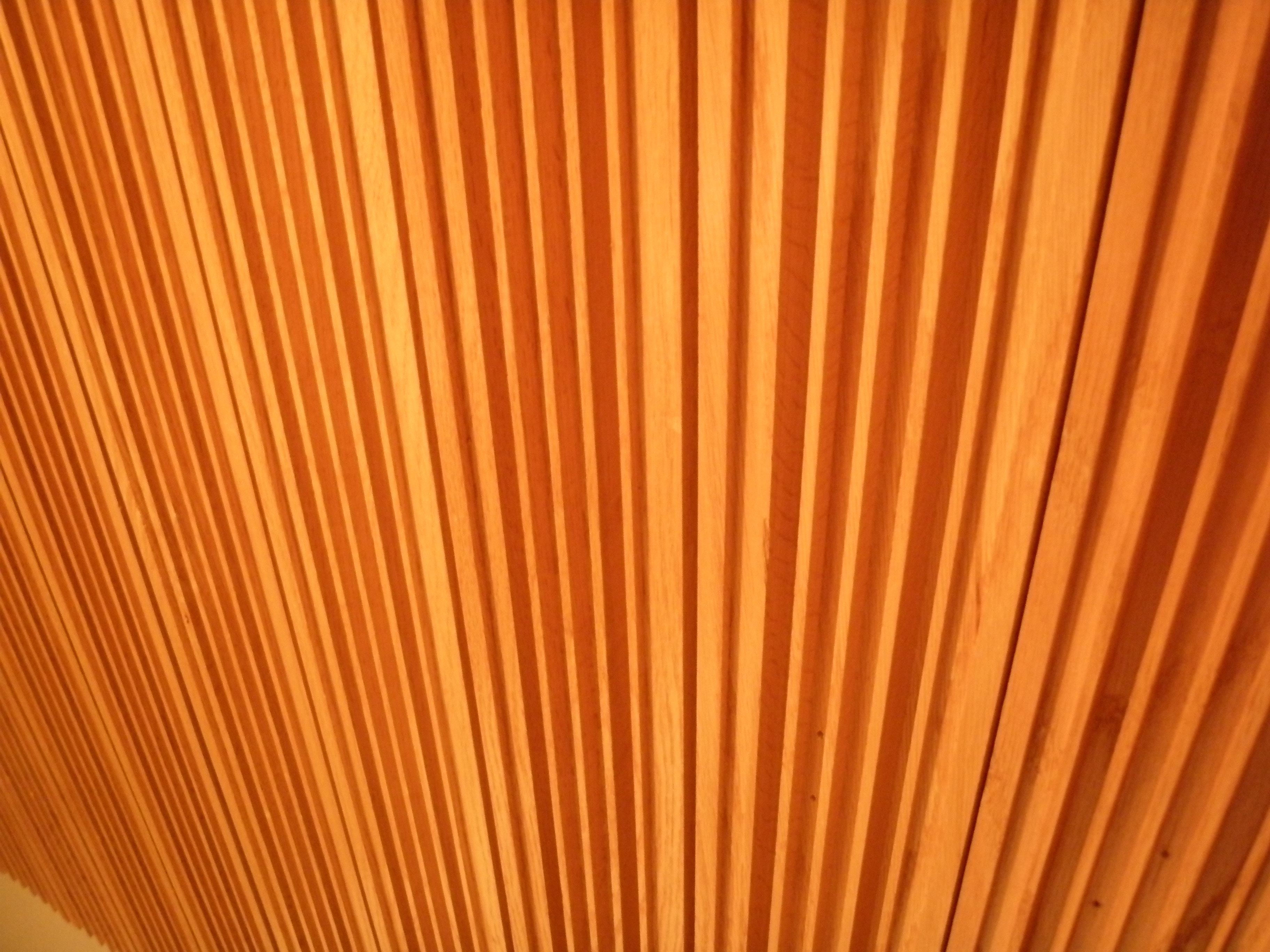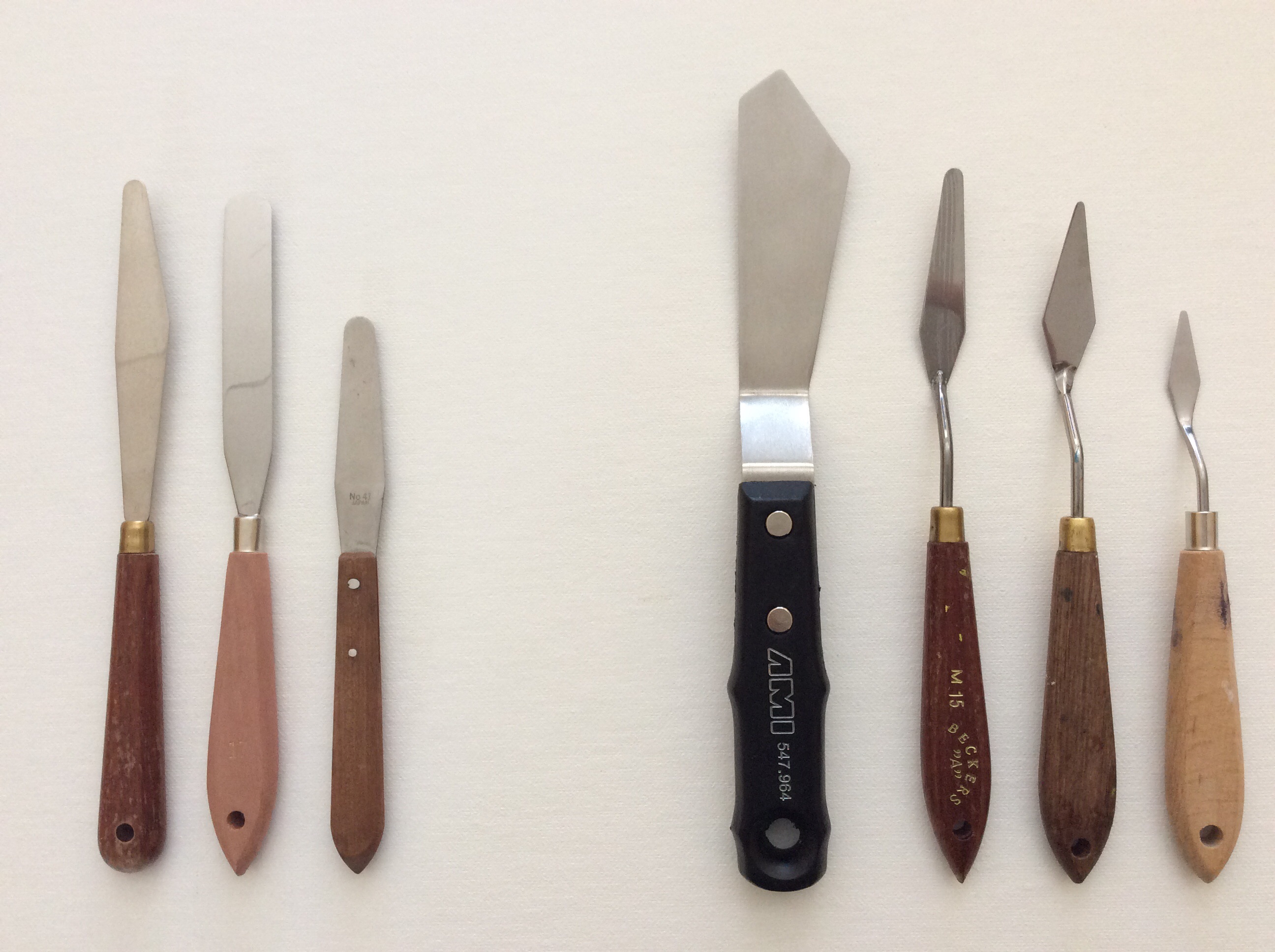|
Bernardo RĂos
Bernardo RĂos is a Colombian artist. His artwork takes in ordinary of themes — often just simple everyday themes distilled from Colombian life — capturing moments of life in rural Colombia. His artistic style is based on what he calls "foquism" which may be considered as an extension in terms of style of art presented by the cubism of Picasso or the works created by Georges Braque, Franz Marc, or Lyonel Feininger or even the futurist art movement. However, RĂos maintains that his work is free from these influences and is simply based on the distortions that can be created by light through its reflection or refraction and it is this essence that most defines his work and artistic style. In addition, he includes small "symbols" in his canvases which represent sounds. RĂos uses glaze and scumble to create the geometric effects found within the images of his works. Occasionally he also uses a palette knife A palette knife is a blunt tool used for mixing or applying paint ... [...More Info...] [...Related Items...] OR: [Wikipedia] [Google] [Baidu] |
Picasso
Pablo Diego JosĂ© Francisco de Paula Juan Nepomuceno MarĂa de los Remedios Cipriano de la SantĂsima Trinidad Ruiz y Picasso (25 October 1881 – 8 April 1973) was a Spanish painter, sculptor, printmaker, Ceramic art, ceramicist, and Scenic design, theatre designer who spent most of his adult life in France. One of the most influential artists of the 20th century, he is known for co-founding the Cubist movement, the invention of Assemblage (art), constructed sculpture, the co-invention of collage, and for the wide variety of styles that he helped develop and explore. Among his most famous works are the Proto-Cubism, proto-Cubist ''Les Demoiselles d'Avignon'' (1907) and the anti-war painting ''Guernica (Picasso), Guernica'' (1937), a dramatic portrayal of the bombing of Guernica by German and Italian air forces during the Spanish Civil War. Beginning his formal training under his father JosĂ© Ruiz y Blasco aged seven, Picasso demonstrated extraordinary artistic talent from a ... [...More Info...] [...Related Items...] OR: [Wikipedia] [Google] [Baidu] |
Georges Braque
Georges Braque ( ; ; 13 May 1882 – 31 August 1963) was a major 20th-century List of French artists, French painter, Collage, collagist, Drawing, draughtsman, printmaker and sculptor. His most notable contributions were in his alliance with Fauvism from 1905, and the role he played in the development of Cubism. Braque's work between 1908 and 1912 is closely associated with that of his colleague Pablo Picasso. Their respective Cubist works were indistinguishable for many years, yet the quiet nature of Braque was partially eclipsed by the fame and notoriety of Picasso. Early life Georges Braque was born on 13 May 1882 in Argenteuil, Val-d'Oise. He grew up in Le Havre and trained to be a house painter and interior decorator, decorator like his father and grandfather. However, he also studied artistic painting during evenings at the École supĂ©rieure d'art et design Le Havre-Rouen, previously known as the École supĂ©rieure des Arts in Le Havre, from about 1897 to 1899. In Paris ... [...More Info...] [...Related Items...] OR: [Wikipedia] [Google] [Baidu] |
Franz Marc
Franz Moritz Wilhelm Marc (8 February 1880 – 4 March 1916) was a German painter and printmaking, printmaker, one of the key figures of German Expressionism. He was a founding member of ''Der Blaue Reiter'' (The Blue Rider), a journal whose name later became synonymous with the circle of artists collaborating in it. His mature works mostly are animals, and are known for bright colors. He was drafted to serve in the Imperial German Army, German Army at the beginning of World War I, and died two years later at the Battle of Verdun. In the 1930s, the Nazis named him a entarteter KĂĽnstler, degenerate artist as part of their suppression of modern art. However, most of his work survived World War II, securing his legacy. His work is now exhibited in many eminent galleries and museums. His major paintings have attracted large sums, with a record of ÂŁ42,654,500 for The Foxes (Marc), ''Die FĂĽchse'' (''The Foxes'') in 2022. Early life Franz Marc was born in 1880 in Munich, the th ... [...More Info...] [...Related Items...] OR: [Wikipedia] [Google] [Baidu] |
Lyonel Feininger
Lyonel Charles Adrian Feininger (; July 17, 1871January 13, 1956) was a German-American painter, and a leading exponent of Expressionism. He also worked as a caricaturist and comic strip artist. He was born and grew up in New York City. In 1887 he traveled to Europe and studied art in Hamburg, Berlin and Paris. He started his career as a cartoonist in 1894 and met with much success in this area. He also worked as a commercial caricaturist for 20 years. At the age of 36, he began to work as a fine artist. His work, characterized above all by prismatically broken, overlapping forms in translucent colors, with many references to architecture and the sea, made him one of the most important artists of classical modernism. Furthermore he produced a large body of photographic works and created several piano compositions and fugues for organ. Life and work Lyonel Feininger was born to German-American violinist and composer Karl Feininger and American singer Elizabeth Feininger. He was ... [...More Info...] [...Related Items...] OR: [Wikipedia] [Google] [Baidu] |
Futurism (art)
Futurism ( ) was an Art movement, artistic and social movement that originated in Italy, and to a lesser extent in other countries, in the early 20th century. It emphasized dynamism, speed, technology, youth, violence, and objects such as the car, the airplane, and the industrial city. Its key figures included Italian artists Filippo Tommaso Marinetti, Umberto Boccioni, Carlo Carrà , Fortunato Depero, Gino Severini, Giacomo Balla, and Luigi Russolo. Italian Futurism glorified modernity and, according to its doctrine, "aimed to liberate Italy from the weight of its past." Important Futurist works included Marinetti's 1909 ''Manifesto of Futurism'', Boccioni's 1913 sculpture ''Unique Forms of Continuity in Space'', Balla's 1913–1914 painting ''Abstract Speed + Sound'', and Russolo's ''The Art of Noises'' (1913). Although Futurism was largely an Italian phenomenon, parallel movements emerged in Russia, where some Russian Futurism , Russian Futurists would later go on to found gr ... [...More Info...] [...Related Items...] OR: [Wikipedia] [Google] [Baidu] |
Reflection (physics)
Reflection is the change in direction of a wavefront at an interface between two different media so that the wavefront returns into the medium from which it originated. Common examples include the reflection of light, sound and water waves. The ''law of reflection'' says that for specular reflection (for example at a mirror) the angle at which the wave is incident on the surface equals the angle at which it is reflected. In acoustics, reflection causes echoes and is used in sonar. In geology, it is important in the study of seismic waves. Reflection is observed with surface waves in bodies of water. Reflection is observed with many types of electromagnetic wave, besides visible light. Reflection of VHF and higher frequencies is important for radio transmission and for radar. Even hard X-rays and gamma rays can be reflected at shallow angles with special "grazing" mirrors. Reflection of light Reflection of light is either '' specular'' (mirror-like) or '' diffuse'' (retai ... [...More Info...] [...Related Items...] OR: [Wikipedia] [Google] [Baidu] |
Refraction
In physics, refraction is the redirection of a wave as it passes from one transmission medium, medium to another. The redirection can be caused by the wave's change in speed or by a change in the medium. Refraction of light is the most commonly observed phenomenon, but other waves such as sound waves and Wind wave, water waves also experience refraction. How much a wave is refracted is determined by the change in wave speed and the initial direction of wave propagation relative to the direction of change in speed. Optical Prism (optics), prisms and Lens (optics), lenses use refraction to redirect light, as does the human eye. The refractive index of materials varies with the wavelength of light,R. Paschotta, article ochromatic dispersion in th, accessed on 2014-09-08 and thus the angle of the refraction also varies correspondingly. This is called dispersion (optics), dispersion and causes prism (optics), prisms and rainbows to divide white light into its constituent spectral ... [...More Info...] [...Related Items...] OR: [Wikipedia] [Google] [Baidu] |
Glaze (painting Technique)
A glaze is a thin transparent or semi-transparent layer on a painting which modifies the appearance of the underlying paint layer. Glazes can change the chroma, value, hue and texture of a surface. Glazes consist of a great amount of binding medium in relation to a very small amount of pigment. Drying time will depend on the amount and type of paint medium used in the glaze. The medium, base, or vehicle is the mixture to which the dry pigment is added. Different media can increase or decrease the rate at which oil paints dry. Often, because a paint is too opaque, painters will add a medium like linseed oil or alkyd to the paint to make them more transparent and pliable for the purposes of glazing. While these media are usually liquids, there are solid and semi-solid media used in the making of paints as well. For example, many classical oil painters have also been known to use ground glass and semi-solid resins to increase the translucency of their paint. Oil painting In oil p ... [...More Info...] [...Related Items...] OR: [Wikipedia] [Google] [Baidu] |
Palette Knife
A palette knife is a blunt tool used for mixing or applying paint, with a flexible steel blade. It is primarily used for applying paint to the canvas, mixing paint colors, adding texture to the painted surface, paste, etc., or for Paper marbling, marbling, decorative endpapers, etc. The "palette" in the name is a reference to an artist's Palette (painting), palette which is used for mixing oil paint and acrylic paint, acrylic paints. Art knives come primarily in two types: * palette knife resembling a putty knife with a rounded tip, suited for mixing paints on the palette; * painting knife with a pointed tip, lowered or "cranked" like a trowel, suited to painting on canvas. While palette knives are manufactured without sharpened cutting edges, with prolonged use they may become "sharpened" by the action of abrasive pigments such as earth colors. Palette knives are also used in cooking, where their flexibility allows them to easily slide underneath pastry, pastries or other item ... [...More Info...] [...Related Items...] OR: [Wikipedia] [Google] [Baidu] |
1959 Births
Events January * January 1 – Cuba: Fulgencio Batista flees Havana when the forces of Fidel Castro advance. * January 2 – Soviet lunar probe Luna 1 is the first human-made object to attain escape velocity from Earth. It reaches the vicinity of Earth's Moon, where it was intended to crash-land, but instead becomes the first spacecraft to go into heliocentric orbit. * January 3 ** Alaska is admitted as the 49th U.S. state. ** The southernmost island of the Maldives archipelago, Addu Atoll, declares its independence from the Kingdom of the Maldives, initiating the United Suvadive Republic. * January 4 ** In Cuba, rebel troops led by Che Guevara and Camilo Cienfuegos enter the city of Havana. ** Léopoldville riots: At least 49 people are killed during clashes between the police and participants of a meeting of the ABAKO Party in Kinshasa, Léopoldville in the Belgian Congo. * January 6 – The International Maritime Organization is inaugurated. * January 7 – The United ... [...More Info...] [...Related Items...] OR: [Wikipedia] [Google] [Baidu] |
Living People
Purpose: Because living persons may suffer personal harm from inappropriate information, we should watch their articles carefully. By adding an article to this category, it marks them with a notice about sources whenever someone tries to edit them, to remind them of WP:BLP (biographies of living persons) policy that these articles must maintain a neutral point of view, maintain factual accuracy, and be properly sourced. Recent changes to these articles are listed on Special:RecentChangesLinked/Living people. Organization: This category should not be sub-categorized. Entries are generally sorted by family name In many societies, a surname, family name, or last name is the mostly hereditary portion of one's personal name that indicates one's family. It is typically combined with a given name to form the full name of a person, although several give .... Maintenance: Individuals of advanced age (over 90), for whom there has been no new documentation in the last ten ... [...More Info...] [...Related Items...] OR: [Wikipedia] [Google] [Baidu] |
Colombian Painters
Colombian may refer to: * Something of, from, or related to the country of Colombia * Colombians, persons from Colombia, or of Colombian descent **For more information about the Colombian people, see: *** Demographics of Colombia *** Indigenous peoples in Colombia, Native Colombians *** Colombian American ** For specific persons, see List of Colombians * Colombian Spanish, one of the languages spoken in Colombia ** See also languages of Colombia * Colombian culture * Colombian sheep, a sheep breed * Colombian necktie * Columbians Drum and Bugle Corps, based in Pasco, Washington * Colombians, a 2017 instrumental Gorillaz track, released in the Super Deluxe boxset of "Humanz." See also * * * Christopher Columbus (1451–1506), Italian explorer after which Colombia was named * Coffee production in Colombia * Colombia (other) * Colombiana (other) * Colombina (other) * Colombino (other) * Colombine (other) * Columbia (disambigua ... [...More Info...] [...Related Items...] OR: [Wikipedia] [Google] [Baidu] |






